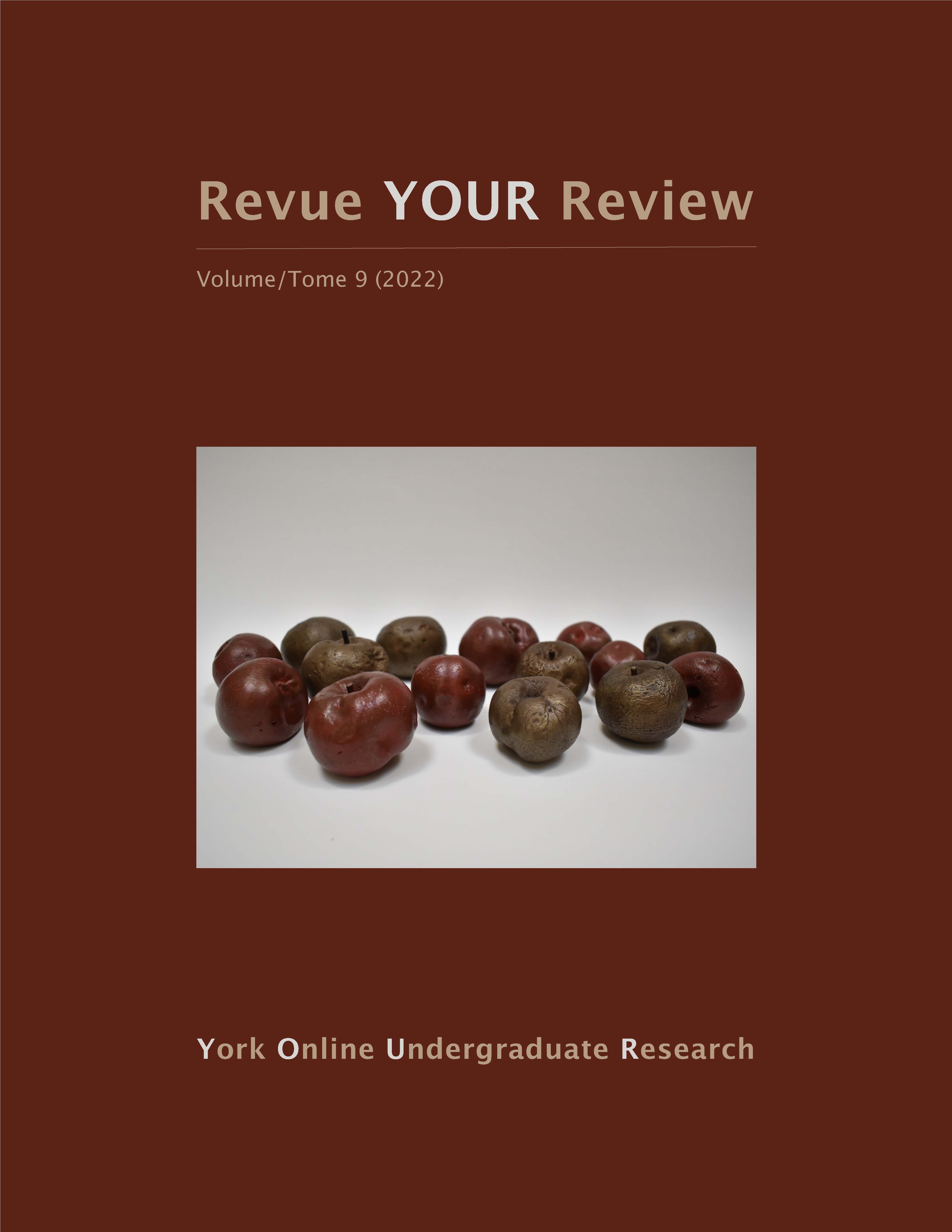Transnationalizing Predatory Food and Body Advertisement
Résumé
Western food and body-related corporate advertising methods, when delineated into a five-category model encompassing food, gender, and body insecurity, have been assessed as potential psychic drivers of “thinness,” fear of food, and the implied inadequacy of the “average” individual’s body perception vis-à-vis the manufactured “beauty idol.” Noting the exponential economic growth and consistent maintenance of insecurity-based advertising within Western food, diet, and media industries in the previous decades, this research sought to uncover the similarities in rising rates of North American eating disorders and negative body perceptions, their potential linkage to delineated methods of food and body-image advertising through specific industries, and their reproduction in a “non-Western” sociocultural setting. The following conclusion was subsequently reached: the perceptually negative impacts on gendered North American eating disorder and body-image rates and their methodological reproduction in the Asia-Pacific region represent a statistical tabulation suggestive of a successful “exporting” of Western corporate food and body-image advertising to demographics saturated with its subversive sub-threshold effects. This suggestion becomes particularly visible, and almost definitively exemplified, in the female-identifying populations of Fiji who are noted to have gone from a near-zero rate of medically diagnosed disordered eating and a female body ideal described as “heavier, [and] more robust,” to an alarming increase in eating disorder rates and negative body-image perceptions following the introduction and subsequent accessibility of Western, specifically American, satellite television programming.
Téléchargements
Publié-e
Comment citer
Numéro
Rubrique
Licence

Cette œuvre est sous licence Creative Commons Attribution - Pas de Modification 4.0 International.
Les auteurs qui contribuent à la Revue YOUR Review acceptent de publier leurs articles selon une des trois catégories de la licence 4.0 : Creative Commons Attribution 4.0 International; Creative Commons Attribution-Pas d'Utilisation Commerciale 4.0 International; ou Creative Commons Attribution-Pas de Modification 4.0 International. Tout contenu éditorial de ce site ainsi que les affiches et les résumés sont sous la licence Creative Commons Attribution-Pas de Modification 4.0 International. Pour plus d’informations, veuillez voir :
https://creativecommons.org/licenses/
Dans tous les cas, les auteurs conservent leurs droits d’auteurs et concèdent à la Revue YOUR Review le droit de première publication. Les auteurs peuvent, par la suite, conclure d’autres accords de distribution non exclusifs de la version publiée dans ce périodique (par exemple, l’afficher à un dépôt institutionnel ou le publier dans un livre ou dans un autre périodique) à condition que la reconnaissance fasse mention de la publication originale dans la Revue YOUR Review.


